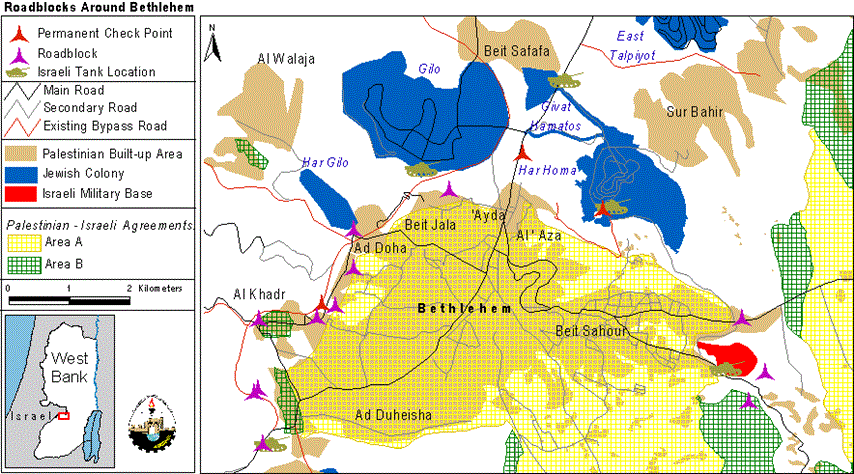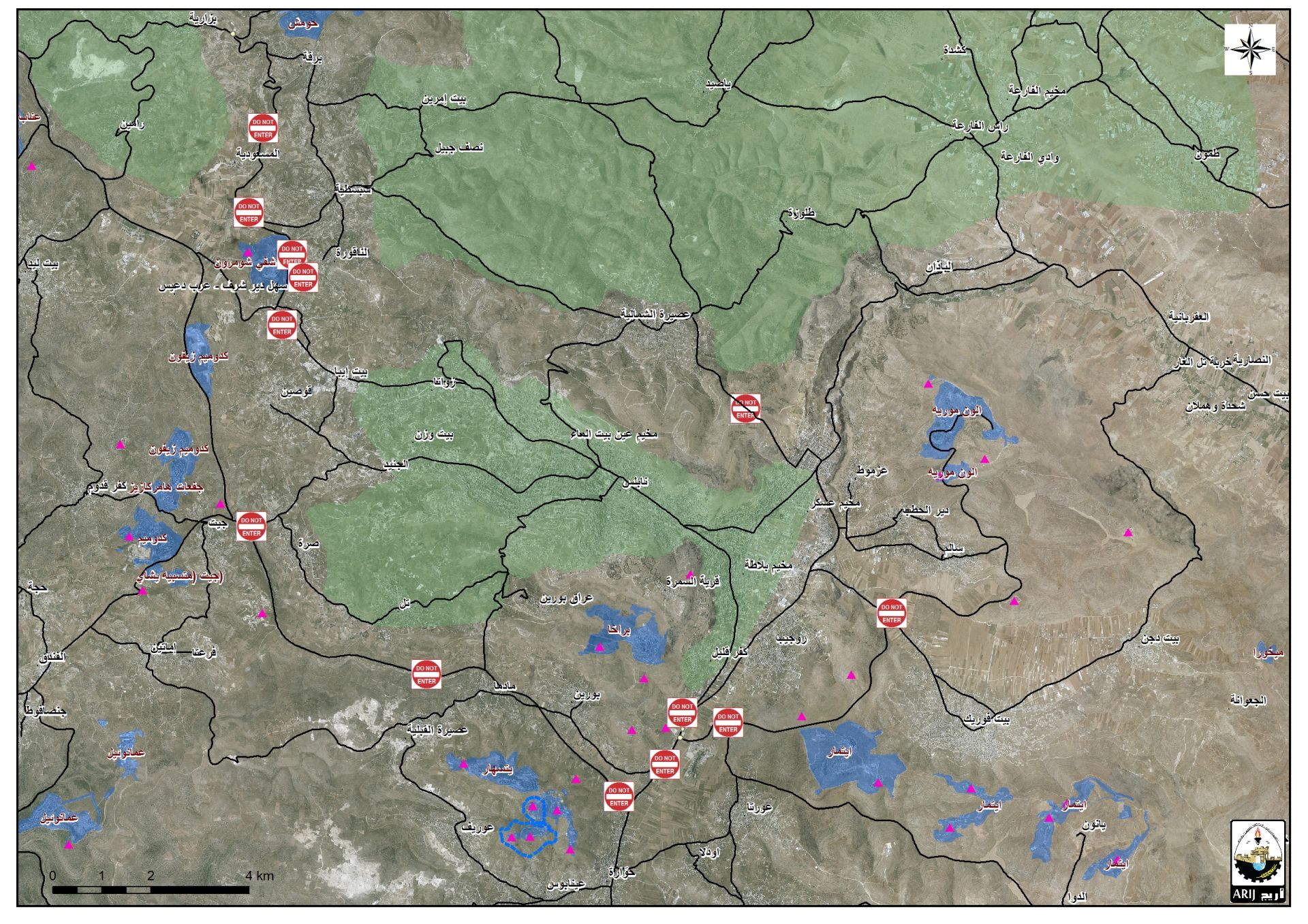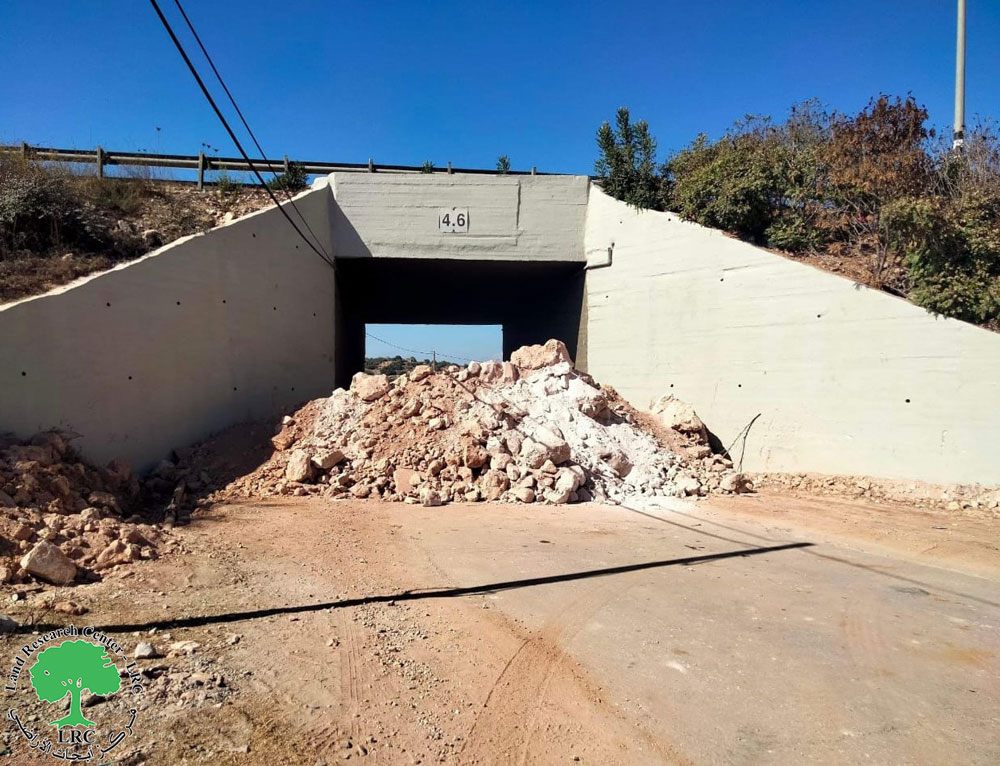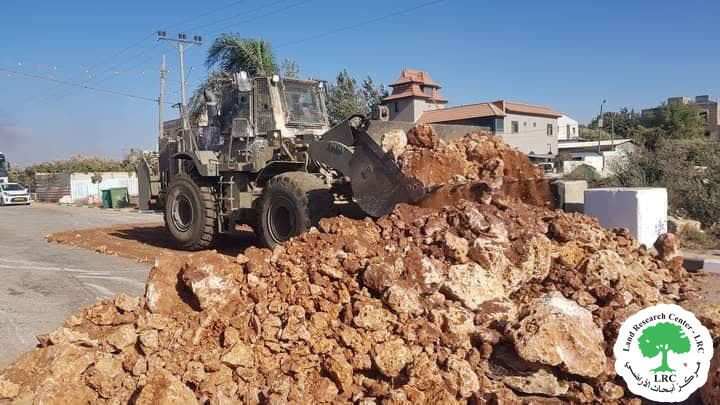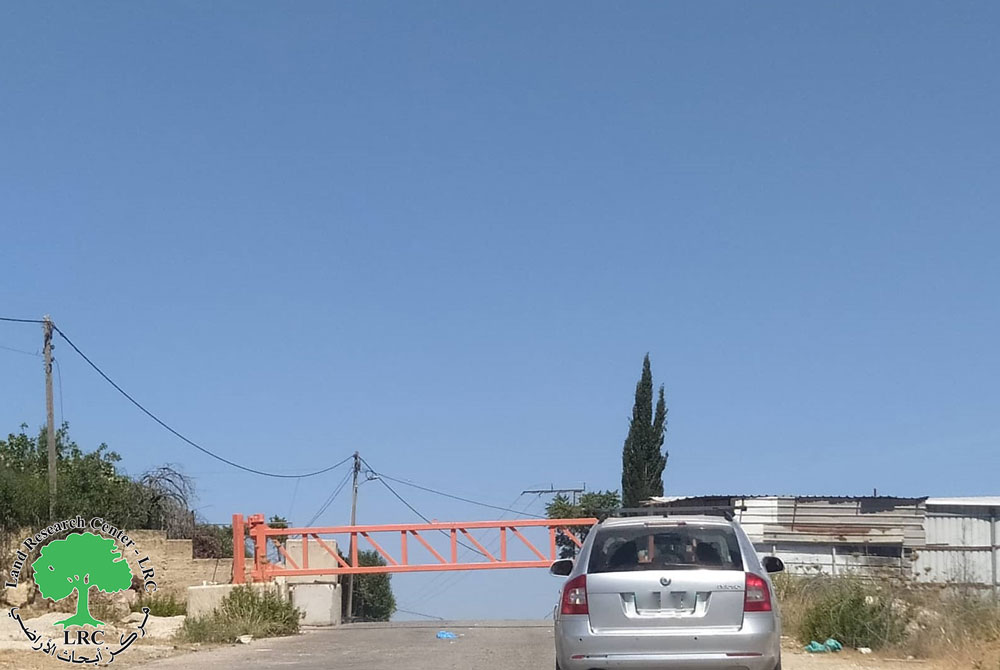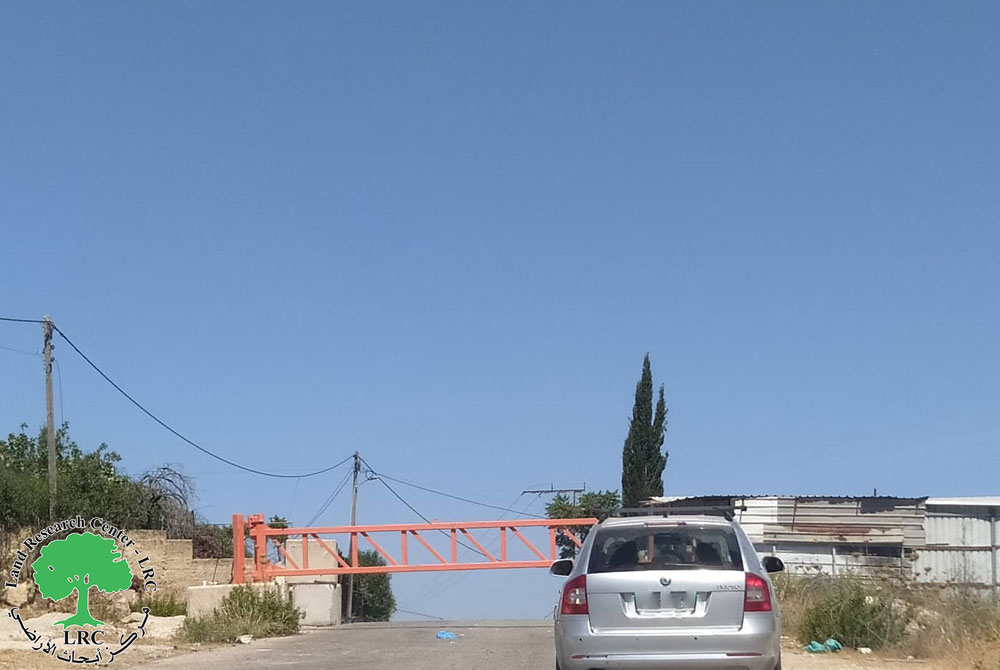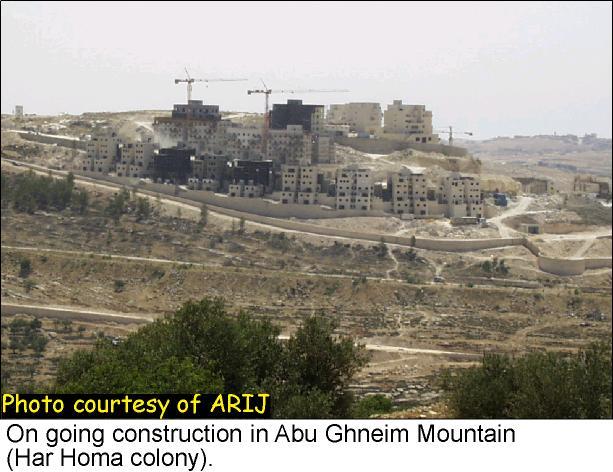Following the events of the past weeks, a total blockade and internal siege has been re-imposed on the West Bank. The siege means that residents from Area A cannot enter or leave their areas (a kind of Area A arrest), and people from the surrounding areas (B and C) cannot enter the towns; see map1, map2 .
On 28 September 2000, Mr. Sharon the head of the right-wing Likud party challenged the Palestinian feeling toward their holy places by trying to invade Al-Aqsa mosque under the protection of more than 2000 Israeli soldiers. The Israeli police dealt with the Palestinian protestors by shooting at the crowds. Several Palestinians were killed and many others wounded. The day after this event, massacres were started against the Palestinian people. The deaths were caused by Israeli soldiers targeting the upper part of the body aiming at the heart and head. This indicates that the Israeli policy was ''shoot to kill'' and this resulted in more than a hundred Palestinian deaths and thousands of injuries, a third of whom were children.
The current situation after enforcing the closure ''separation''
Restrictions on Movement:
After one week of clashes, Israel established a siege on Palestinian territories by closing all the entrances to ''Area A'' with piles of soil and concrete blocks; see photo1, photo2. In Bethlehem district for example, whose population is around 137000, 40% of the district's residents live in Area A and the rest live outside it. This means that 60% of the population commutes into and out of Area A in order to reach public service. However, with the closure now in place, those people are hampered from accessing those services; see photo.
Closing of schools:
The internal siege has prevented children and teachers from accessing schools if they are located outside of Area A. On 8 October, the elementary and secondary school Talita Koumi (in Area C in Bethlehem) was forced to close for the day because the teachers and students from Area A had been denied permission to go to the school. Students from Battir, Husan, Nahalin and Wadi Fukin villages, which are located in Area ''C'' and ''B'', were prohibited from reaching their school in Bethlehem City. Most hard hit by this was a secondary school in Al-Khader that lies near a bypass road. According to reports from the school, Israeli soldiers entered and assaulted some of the staff and students.
Socio-economic pressures:
All 2.5 million Palestinians have been barred entry into Jerusalem and Israel. This has had a devastating effect on the national economy in lost revenues, and on the living situation of the workers whose daily bread depends on the work in Israel. There are at least 110,000 Palestinians working in Israel; of those about 40,000 have Israeli-issued permits. The World Bank once estimated that each day of total blockade results in a loss of $ 1.35 million US in direct household income, and a loss of $1.5 million US in direct export revenue. The Palestinian Authority estimates the total losses to the Palestinian economy at 11 million dollars per day.
Furthermore, villagers have not been able to get to their agricultural lands . Some farmers were stopped by the Israeli authorities while others did not go out of fear from Jewish settlers. In Nablus district, settlers shot and killed a Palestinian farmer while he was picking his olive trees. And in Al-Khader the crops from around 800 dunums of vineyards were lost because the farmers were not able to harvest the grapes at the right time; so they got rotten. The farmers estimate their loss at NIS 3 million. See photo .
Israel's actions are a clear declaration of war on the Palestinian people. The fact of the matter is that Israel is intent on separating the Palestinian communities from each other.
Prepared by:
The Applied Research Institute – Jerusalem


